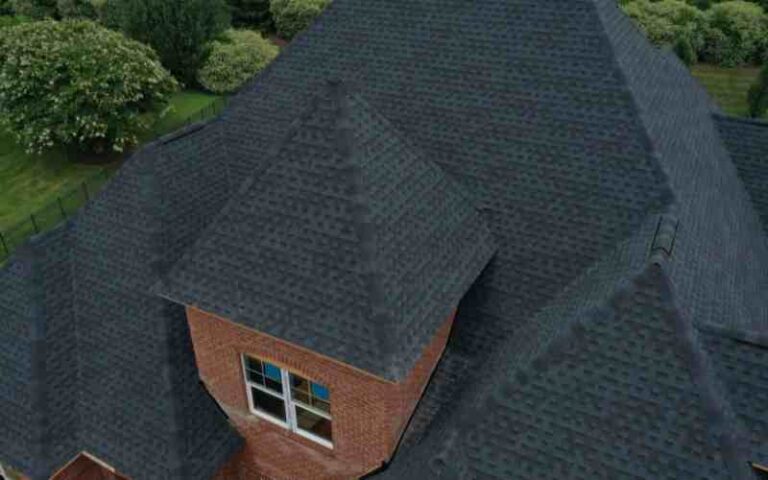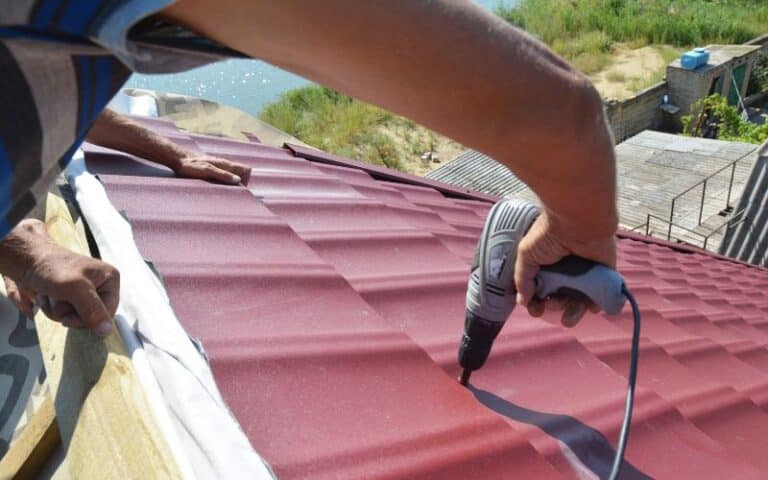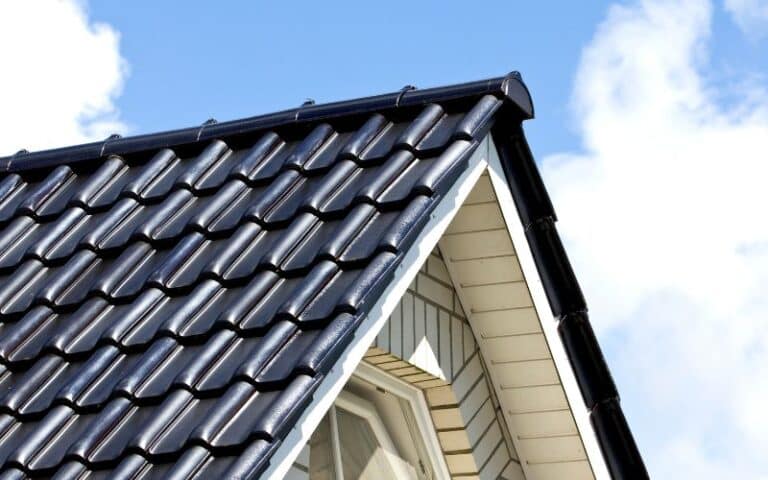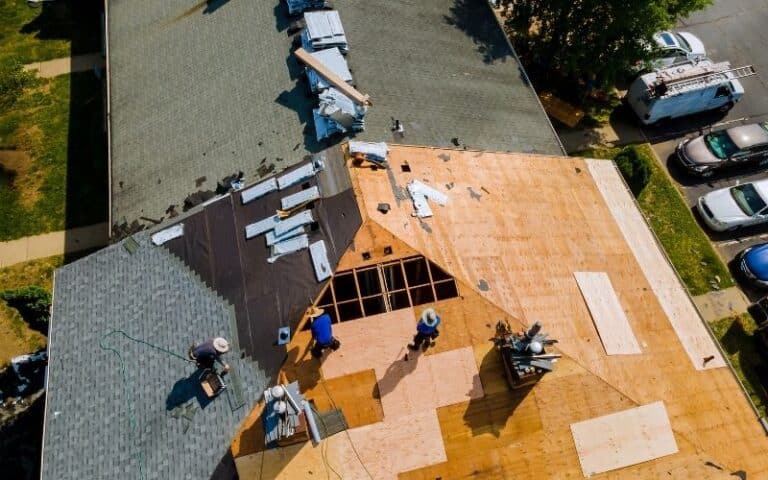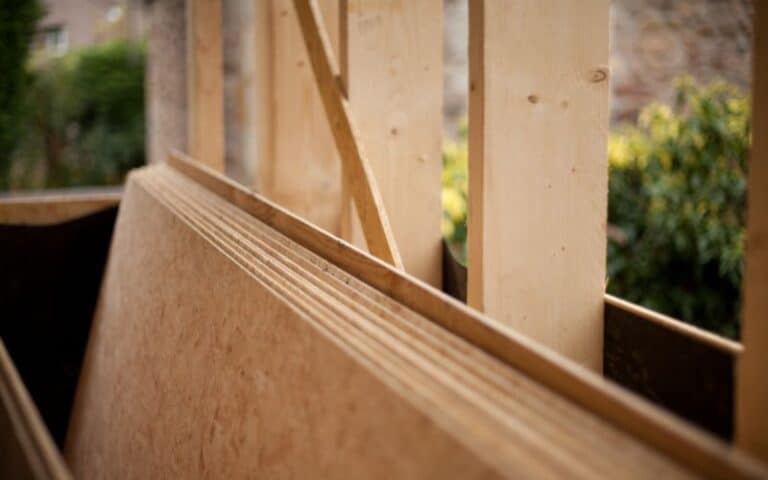Every roofer would agree that roll roofing installation is the quickest fix for a re-roofing project.
Not only is it perfect if you’re on a tight budget, but you can also do it yourself and save more money.
But why go through all the stress of removing the existing roof before adding the sheets? Will rolled roofing stick to a roof made with tar shingles?
You can install rolled roofing to existing shingles without removing the shingles first. However, you’ll need to stick it to the surface using roofing cement or an adhesive. Let’s look at this process in detail to understand how these work.
Ready for a Roofing Quiz?
Can You Put Rolled Roofing on top of the Shingles?
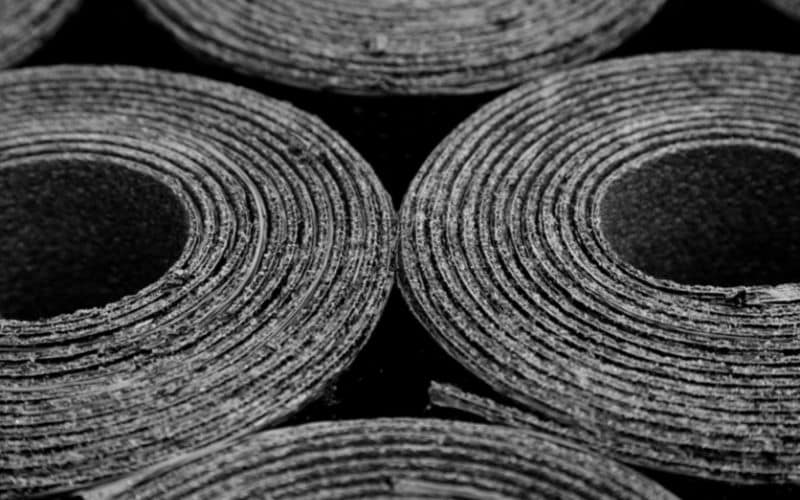

You can install rolled roofing on top of your asphalt shingles because they are both made of asphalt material.
Doing this is a temporary fix to most roofing faults that require a total re-do. However, working with a smoother shingle base is safer for the overall success of this project.
Rolled roofing, commonly called MSR, is made of oil-based asphalt material. As the name implies, it is packaged in rolls with a dimension of 36 ft in length by 36 inches in width.
Thus, each roll can cover a surface area of one square or 100 Sq ft- the same area that 100 shingles can cover.
On the other hand, there are various shingles, including cedar, asphalt, and metal shingles. But the most common type used for most houses is the asphalt shingles.
They are rectangular with a standard dimension of 36 inches in length by 12 inches in width.
They also come in various textures ranging from smooth to engraved or textured blocks and are popular in most homes.
In addition, the asphalt base of both materials protects the house from rain, so both are quite effective when you use them. Let’s further compare these two materials based on different parameters.
Rolled Roofing vs. Asphalt Shingles
The differences between both options are made clear from a comparison of the following features;
#1. Appearance
Although the appearance of rolled roofing is nice when finished, they are not as attractive as asphalt shingles.
In addition, asphalt shingles give a 3-dimensional finish that even the most sophisticated rolled roofing cannot give.
#2. Colors
Rolled roofing is common in colors like grey, black, and brown. However, the color choice is more extensive when using asphalt shingles.
Although, the color choice might not be so important if you are re-roofing your garage or a tree house, for instance. But it might matter if you plan to use it for your home.
#3. Longevity
Rolled roofing is more likely to buckle when exposed for long to intense sunlight, hail, or rain. Also, rolled roofing has a shorter lifespan of 5-7 years.
Better grades might last another one or two years. However, shingles can last at least 20 years and some up to 50 years!
#4. Use
Rolled roofing is better suited for low-sloped roofs, while shingles are best for medium to high-sloped roofs. Some experts only recommend rolled roofing for roofs with a low pitch of 2:12.
Shingles are usually loosely connected, and water would seep through the edges if used for such flat roofs. Hence shingles are best for medium to high-sloped roofs.
Also, Rolled roofing is not the best option for every property. It works well for structures like garages, workshops, treehouses, and sheds but rarely for residential properties.
#5. Installation
The modes of installing Rolled roofing and shingles are different. You must first nail the underlay for rolled roofing and then attach a roll.
Then you seal it up. Shingles, however, are nailed one by one after you secure the underlay. We will be looking at rolled roof installation in more detail below.
How to Use Rolled Roofing with Tar Shingles?
Rolled roofing is quite easy to install, and you can even do it yourself. I have highlighted the tools and steps below.
#1. Tools
- Measuring tape
- Broom
- Chalk-line
- Hammer or a power nailer
- 1-inch roofing nails
- Hose
- Utility knife or razor knife
- Trowel
- Ladder for climbing
#2. Materials
- Underlay (if you prefer one)
- Roll roofing material
- Roofing cement or roofing adhesive
#3. Steps
- Preparation: Before installing rolled roofing, you have to take some preparatory steps towards it. These steps include;
- Measure your roof: Use your measuring tape and measure the length and width of the roof to get the whole surface area. And if the roof has smaller sections, you can measure the lengths and widths of each, multiply them to get the surface area of that section, then add them up to get the total area.
- Estimate the number of materials you will need.
- Get the needed materials and lay them all on the floor. You can also cut the size for the smaller sections like a carpet.
- Clean your roof: use a long boom or a leaf blower to sweep off any debris, leaves, or gravel on the roof that could potentially puncture the sheets. Then hose the roof down from a ladder to rid the roof of any other dirt or grime the broom couldn’t get out.
- Take appropriate precautionary measures: wear the right work boots with a solid grip and ensure someone is working with you below.
#4. Installation
- Nail the underlay or first layer in place
- Mark the width of one roll of rolled roofing with a chalk
- Cut the rolled roofing to the exact length of the portion you want to cover
- Apply roofing cement to the edges of the roof using a trowel
- Apply rolled roofing on that section
- Nail this layer down and secure them by covering it with roofing cement
- Trim the edges and seal with a little more cement
- Clean the roof for a neater finish
Also, it’s best to work in sections while repeating steps 1-7.
Tips to Stick Rolled Roofing to Tar Shingles
Below are some general tips to help you with the process of sticking roll roofing to the underlying shingles
- Always read the instructions on your materials, such as the roofing cement or the rolled roofing.
- Ensure you add the roofing cement or adhesive one section at a time. Don’t apply the cement all at once. Instead, when working at the top, apply the cement just before that section of rolled roofing.
- It is not compulsory to install an underlay. But if you prefer one, ensure you nail it and smoothen it properly.
- Make use of only roofing nails that can penetrate the roof deck securely.
- Never apply rolled roofing in temperatures above 87 degrees Fahrenheit or less than 45 degrees Fahrenheit. Extreme weather conditions make the rolled rooting susceptible to damage by cracking or wearing off the mineral coat.
- Always take safety precautions and wear the right clothing up the roof. Stick to footwear with a solid grip. Even canvas or sneakers can make you slip and fall while working.
- Always handle roofing cement while wearing work gloves.
- Never go up your roof when it’s wet or is forecast to rain.
- It is also advisable not to use rolled roofing when your roof has a slope greater than 2 inches per 12 inches in the horizontal direction (2:12)
Is Rolled Roofing Cheaper Than Shingles?
Rolled roofing is much cheaper than shingles. First, a sheet of rolled roofing costs around $30 to $100 per square or 100 sq feet.
And the cost of installing rolled roofing could be about $2/- $3 per square foot. And when removing the existing roof is necessary, that’s an extra cost of about $2 per square foot.
On the other hand, asphalt shingles cost an average of $160 per square or 100 sq ft. Adding that to the cost of roofing and other costs, it is obvious that the prices exceed that of rolled roofing.
Finally, the overall roofing cost might vary based on the quality of materials selected, peculiarities of the roof, and even your location.
Now that we have established that rolled rooting is the cheapest roofing material you can get. Let’s also look at other advantages of Rolled roofing.
Advantages of Rolled Roofing
- It can be installed very fast, unlike shingles, which must be applied at once.
- You can install rolled roofing over an existing roof, so it’s perfect for you if you want to re-roof without the hassle of taking down the old roof.
- It is lightweight and so is easy to transport.
Summarily, below is a comparison of the qualities of Roll roofing and shingles.
| Particulars | Rolled Roofing | Shingles |
|---|---|---|
| Price per Square | $30 – $100 | $160 on the average |
| Appearance | Not very attractive | More eye-catchy |
| Colour | Mostly grey or black | Available in most colors |
| Lifespan | 5-7 years | 20- 50years |
| Resale Value | Lower resale value | Higher resale value |
Conclusion
Roll roofing can stick to an existing asphalt shingle and save you the stress and cost of removing the underlying roof.
And it’s a cheap, quick fix you can employ temporarily. You don’t need to be an expert; try it out yourself. Visit the nearest hardware store to get one today.

